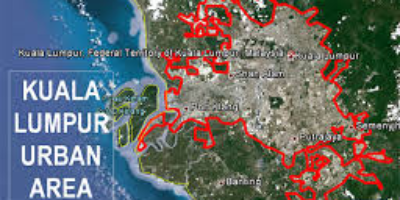jul 23, 507 BC - Vitruvius Principles of Good Design (Greaco Roman)
Description:
consolidated scheme for city planning, developed for civil convenience. The basic plan consisted of a central forum with city services, surrounded by a compact, rectilinear grid of streets. A river sometimes flowed near or through the city, providing water, transport, and sewage disposal.Hundreds of towns and cities were built by the Romans throughout their empire. Many European towns, such as Turin, preserve the remains of these schemes, which show the very logical way the Romans designed their cities. They would lay out the streets at right angles, in the form of a square grid.
All roads were equal in width and length, except for two, which were slightly wider than the others. The decumanus, running east–west, and the cardo, running north–south, intersected in the middle to form the centre of the grid. All roads were made of carefully fitted flag stones and filled in with smaller, hard-packed rocks and pebbles. Bridges were constructed where needed. Each square marked by four roads was called an insula, the Roman equivalent of a modern city block.
Each insula was about 80 yards (73 m) square. As the city developed, it could eventually be filled with buildings of various shapes and sizes and criss-crossed with back roads and alleys.
The city may have been surrounded by a wall to protect it from invaders and to mark the city limits. Areas outside city limits were left open as farmland. At the end of each main road was a large gateway with watchtowers. A portcullis covered the opening when the city was under siege, and additional watchtowers were constructed along the city walls. An aqueduct was built outside the city walls.
Added to timeline:
Date:
jul 23, 507 BC
Now
~ 2534 years ago
